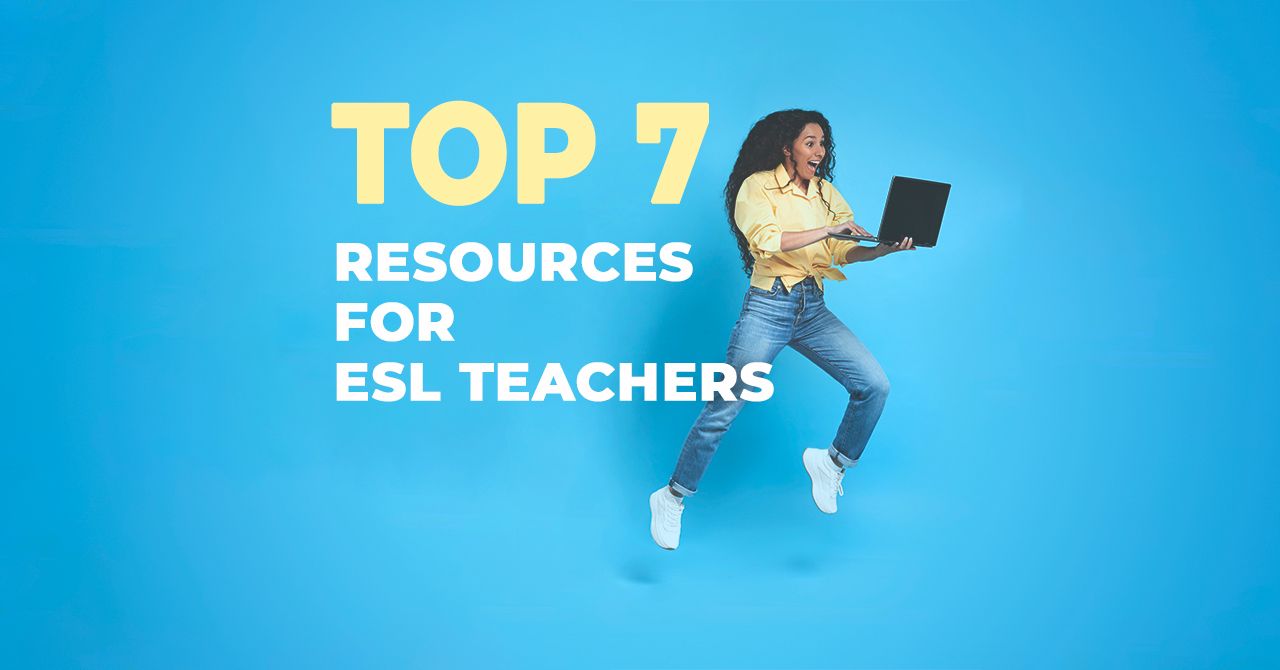
Difficulties in Teaching Children & How to Overcome Them

Get a FREE guide!
Want to sound like a native English speaker?
Get our free PDF with top tips that work.

Check your email!
Teaching children is one of the most challenging experiences I have encountered, especially when they are trying to improve a language that is not spoken in their country. This is due to several reasons:
a. Children’s brains are somewhat limited when it comes to new challenges, and I don’t mean that they are not intelligent. Instead, their linguistic skills may be restricted to their mother tongue.
b. Some children have language-related difficulties. Research has shown that certain children have genes that enable them to speak or learn faster than others.
c. Lack of practical content refers to the environment surrounding them. For example, I once taught Arabic to two children named Hossam and Adam, who didn’t live in an Arabic-speaking country. This made it extremely difficult for them to memorize words and Arabic expressions. They also didn’t read regularly, which added to the challenges of teaching them.
d. Another example is the speed at which children learn. Some children have a faster learning rate compared to others, which can be considered a unique trait. However, it’s essential to acknowledge these differences among students, especially children, to prevent causing psychological problems.
How to succeed in teaching children
Creating a supportive learning environment for children is a necessity. Teachers, particularly language teachers, should possess certain qualities, such as patience. It is logical because you weren’t born with this knowledge and experience; you acquire it over time. “You pick it, handle it” is a rule followed by some experts. When you choose this field, you must handle the problems you encounter. Creativity is also crucial as children appreciate new, authentic, and interesting teaching methods. It’s inappropriate to teach them how you were taught, as their world and yours are different.
There are various ideas you can adopt, including the use of online games. AI technologies can also aid teachers; for instance, AI-powered language learning apps assist children in improving their language skills. These apps offer features like pronunciation feedback, vocabulary exercises, and interactive conversations. Some apps utilize speech recognition and natural language processing. Similarly, AI can be integrated into educational games and apps, enhancing the learning process. These tools provide interactive and captivating content, adapt to individual challenges, and offer immediate feedback to help children understand diverse concepts.
There is ample research available that discusses the challenges teachers face when handling language learning issues in children. I recommend my colleagues and parents to read such research to better handle these problems in their careers and daily lives.
















